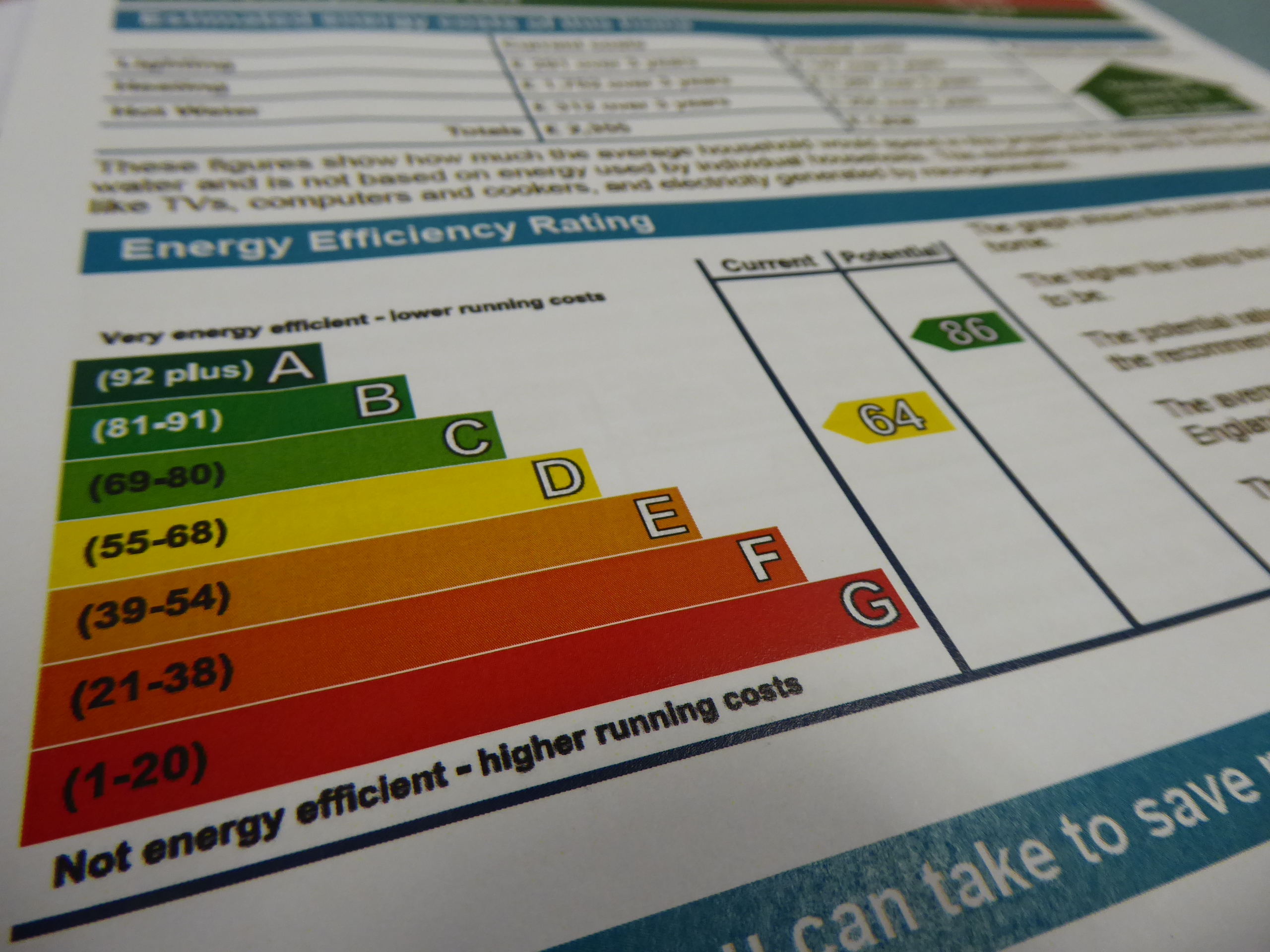Who does the guidance apply to?
Any landlord who lets out a domestic private rented property which is required to have an EPC by law in England or Wales and is let on one of the following tenancy types:
- An assured tenancy (including an assured shorthold tenancy) defined in the Housing Act 1988;
- A regulated tenancy defined in the Rent Act 1977;
- A domestic agricultural tenancy as set out in the Energy Efficiency (Domestic Private Rented Property) Order 2015.
Exclusions are also detailed such as Social housing, a protected building, places of worship, temporary buildings, furnished holiday accommodation where the holiday maker is not responsible for paying the energy bills.
Perhaps one of the key areas of misunderstanding might come around the ten year validity of EPCs combined with different tenancy lengths. To help with this and other potential areas of confusion, the guidance provides example scenarios and Q & A sections.
Key milestones
From 1 April 2018, landlords of relevant domestic private rented properties may not grant a tenancy to new or existing tenants if their property has an EPC rating of band F or G (as shown on a valid Energy Performance Certificate for the property);
from 1 April 2020, landlords must not continue letting a relevant domestic property which is already let if that property has an EPC rating of band F or G (as shown on a valid Energy Performance Certificate for the property).
Act now
Making energy improvements to a property takes time to arrange, so landlords who let currently let properties with Energy Performance Certificate ratings of F or G need to take immediate action if they are to meet the April deadline, especially if they have a portfolio of properties.
What's the thinking behind the new regulations?
The private rented sector has a disproportionate share of the UK's least energy efficient homes. By introducing these new regulations, the government says that they hope to meet the following objectives:
- energy costs for tenants are reduced, especially in older homes,
- reduce greenhouse emissions,
- improve the condition of properties and help reduce maintenance costs,
- and smooth seasonal peaks in energy demand, bringing increased energy security.
The Government say that they also expect that jobs will be created, and greater competition in the green construction industry will drive down the costs of making eco-improvements.
Finally, they are keen to point out that landlords should benefit too from increased tenant satisfaction, less void periods, less regular maintenance, and making properties more attractive to prospective tenants, and increased resale value.
Enforcement will be carried out by local authorities, who can issue compliance notices and impose financial penalties, and publish details of the breach on the national PRS Exemptions Register. There will also be the right to an appeal process via the First-tier Tribunal.
An overview of the six chapters
Chapter one - How the regulations apply to domestic property
Includes an overview, types of tenancies covered, EPC ten year validity, circumstances where an EPC may not be required, voluntary EPCs, listed buildings, subletting, mixed use properties, HMOs and Holiday cottages.
Chapter two - Minimum standards improvements and funding
Landlords can identify any potential improvements by referring to the recommendations made in the existing EPC report for their property. They can also get a Green Deal Advice Report or a report prepared by a surveyor. The guidance also goes into detail about the various green funding schemes such as Green Deal Finance, the ECO Help to Heat Programme and Local Authorities home energy efficiency grants.
Chapter three - Technical advice for landlords on making energy efficiency improvements
This chapter highlights several technical issues that Landlords may wish to raise when seeking expert advice on how to improve their properties.
Chapter four - Exclusions and exemptions
There are six main exclusions which will satisfy exemption for landlords. These include, but are not limited to, the property remaining sub-standard after relevant energy efficiency improvements have been made; where particular properties cannot, or should not host certain wall insulation systems; and in the instance where third party consent is required but is unable to be obtained. All exclusions are outlined in the Governments guidance.
Chapter five - The national PRS exemptions register
Landlords of F and G rated domestic property (or their agents) have been able to register valid exemptions from the 1 October 2017, however only those domestic properties which are covered by the Regulations, and which qualify for a valid exemption, should be registered.
To register an F or G EPC rated property that qualifies for an exemption from the minimum energy efficiency standard on the on the National PRS Exemptions Register, landlords should contact the BEIS minimum standards team.
Chapter six: This chapter covers enforcement of the domestic minimum level of energy efficiency, including compliance notices, and financial penalties, publication penalties and the appeals process.
Source: ARLA Propertymark, 2017

